Electrical shutdowns can be handled efficiently as part of commercial construction services if the project team plans for them. At HBW, we follow a consistent electrical shutdown safety process in accordance with OSHA and other safety standards. In fact, our clients and many of our partnering GCs and subs have adopted this standard. Together with our trained supers and field crews, we are helping to raise the bar on construction safety.
Protect your crew and the construction project schedule by planning your electrical shutdowns. Here are some takeaways from the HBW Construction process.
1. Anticipate electrical shutdowns in the schedule.
One of the best ways to integrate safety with the construction project schedule is to plan for electrical shutdowns during the initial stages of the project. Make it part of your project management. You could also add a safety consultant to your planning and oversight.
Not every project requires third-party safety oversight, but a consultant can verify your crew’s readiness for a shutdown long before it happens.
“Coming up through the construction industry, I’ve seen that a schedule delay is only the tip of the iceberg if your project experiences a site injury or fatality,” said Jason Sears, CHST, a field operations manager with Diversified Safety Services in Maryland. “It affects crew morale, job security and the continued operations of the company. There is a trickle-down effect on all aspects of the business beyond one incident.”
As part of HBW’s process, we require a 7-day notification prior to an electrical shutdown. Our electrical subs complete a de-energize permit and walk through our lockout/tagout checklist. We developed the permit in cooperation with Diversified Safety Services.
2. Communicate 48 hours before shutdown.
With your project management plan in place, develop a communications protocol for 48 hours before the planned electrical shutdown. With all the key players in attendance, use this meeting to walk through the shutdown process and who will be responsible for tagouts and other steps.
For efficiency, this meeting can be done virtually with a superintendent and/or safety consultant on site. We developed this process during the pandemic and have kept it as an option for geographically distant projects.
If your project is occupied or requires communication to building management, develop a consistent message for the timing and length of the shutdown. Allow for a 48-hour advance warning to tenants or the public. If you can let the client know sooner, all the better!
3. Invest in and use proper PPE.
Make sure that the electricians and anyone working around live energy is protected with an arc flash suit, gloves, a face shield or helmet and electrical safety shoes such as leather shoes with protective toe boxes.
We have seen inconsistency in PPE ratings on job sites. Our crews are required to have the best rated PPE on site for electrical shutdowns and other hazardous activities.
4. Test your testing equipment.
Testing equipment should be onsite and in proper condition to test for zero voltage prior to conducting work. Equipment should be properly insulated. Before shutdown, the meter should be tested on a safe outlet to make sure it’s reading the proper voltage.
Lots of eventualities can happen with electrical shutdowns and a zero- voltage policy will remind crews to test circuits and confirm that the system is de-energized.
Testing may also identify if existing panels have had a tighten-up (regular maintenance); this will manage crew risk with loose connections on breakers or lugs. Older switch gear should also be properly tagged as part of the shutdown.
5. Use a lockout/tagout checklist.
On the day of the electrical shutdown, follow the lockout/tagout protocol discussed during your planning meeting. Your superintendents can be the checks and balances to take the right approach and maintain crew safety.
With this approach, we have seen at least a 50% increase in superintendents who are taking the initiative and planning for electrical shutdowns. Planning helps them maintain the construction project schedule, but also builds trust with the crew.
Capable and healthy construction crews are critical to company success. Ask about our electrical shutdown logout/tagout kit and safety procedures for your future project.
View Our Services
Resources:
OSHA Standards and Resources –
https://www.osha.gov/electrical/construction
Diversified Safety Services – Field Operations Manager Jason Sears, CHST, contributed to this article.
https://getdsservices.com/
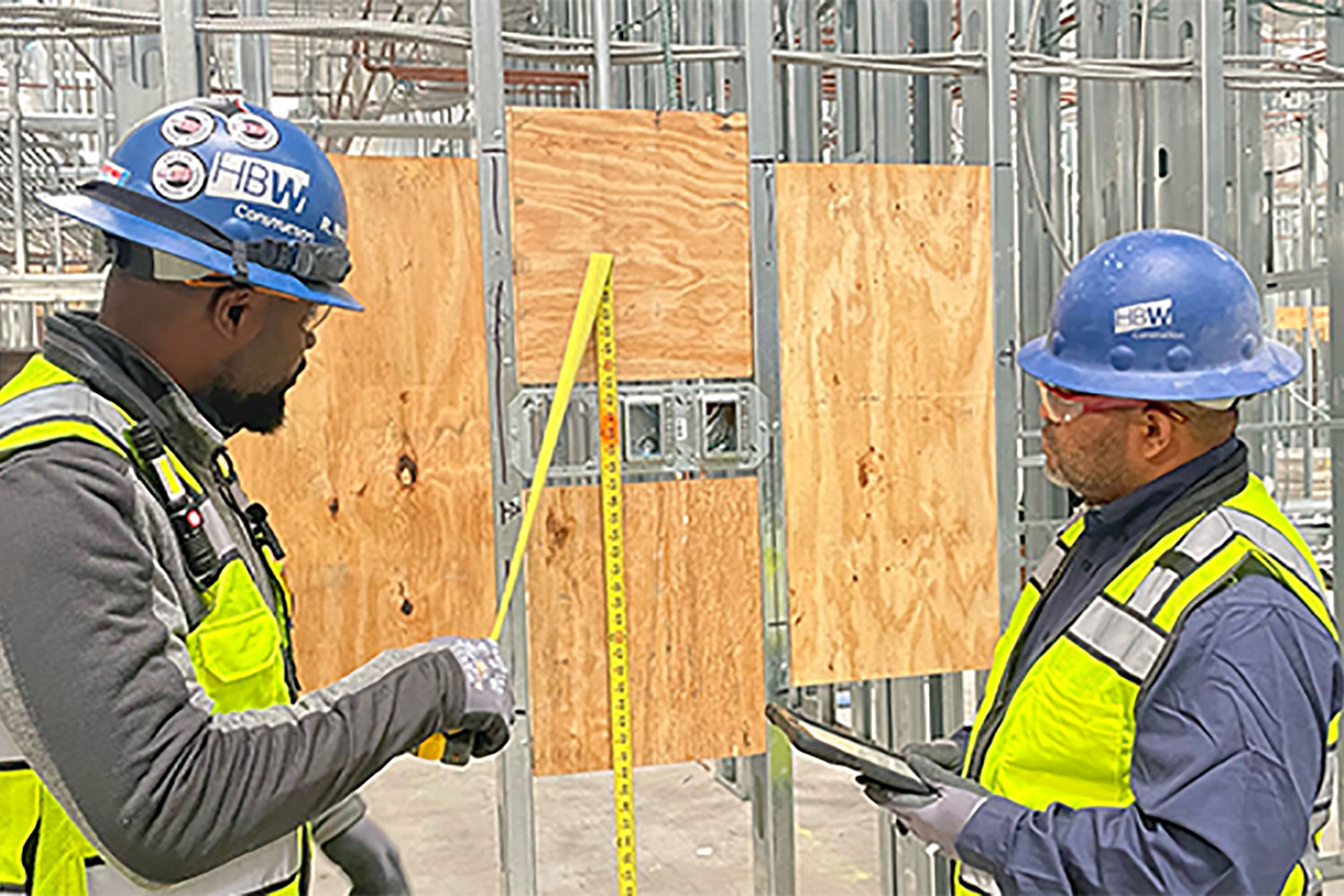
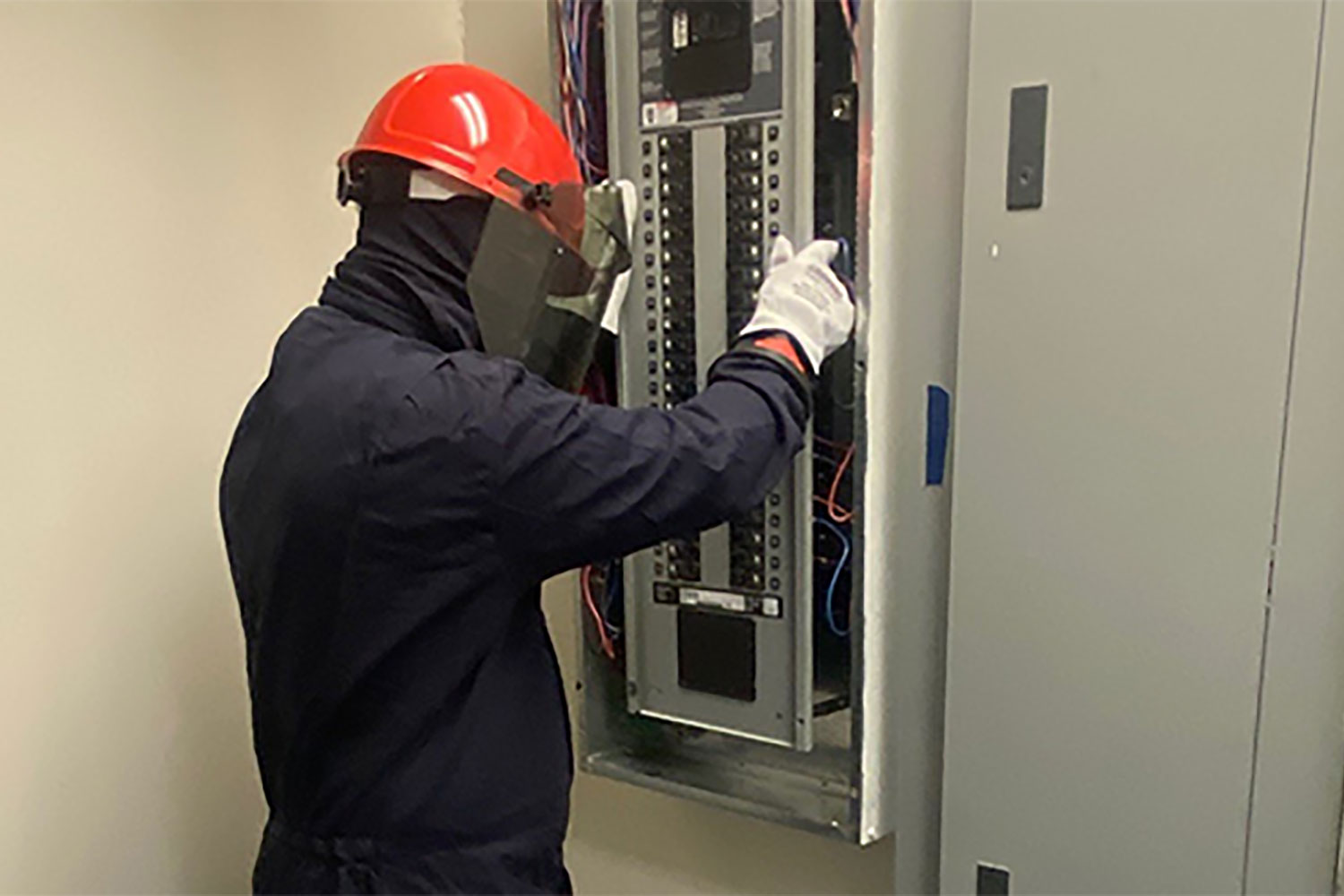

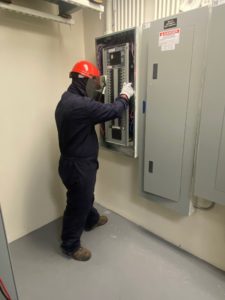

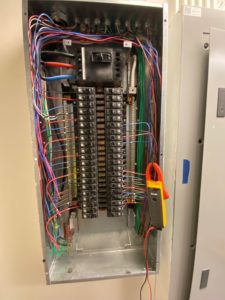


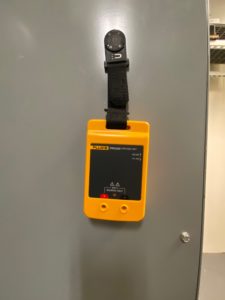


Comments